
A new study suggests that people should get married between the ages of 28 and 32 if they don’t want to get divorced, at least in the first five years.
Before we proceed to the explanation: Don’t shoot me if you’re older than that and not married yet. These are just statistics and can in no way account for your personal situation, or that last cheater/psycho/narcissist you wasted 18 months on. Nobody’s blaming you. You are a wonderful and entirely loveable person.
Now, moving on.
The study was done by Nick Wolfinger, a sociologist at the University of Utah, and published by the generally pro-marriage Institute of Family Studies. It suggests that people who get married between 28 and 32 split up least in the ensuing years. This is a new development; sociologists formerly believed that waiting longer to get hitched usually led to more stability, and there was no real sell-by date.
Wolfinger analyzed data from 2006-2010 and the 2011-2013 National Survey of Family Growth. He found a sort of upside down bell curve. “The odds of divorce decline as you age from your teenage years through your late twenties and early thirties,” he writes. “Thereafter, the chances of divorce go up again as you move into your late thirties and early forties.” For each year after about 32, the chance of divorce goes up about 5% says the study.

Some wag over at Slate called this the Goldilocks theory of getting married: you have to be not too young and not too old.
There are lots of reasons why late 20s/early 30s would make sense as a time to start a lifelong partnership with someone: people are old enough to understand if they really get along with someone or are just blinded by hormones. They’ve already made significant life choices and taken on some responsibilities. And they may be just financially solvent enough to be able to contemplate supporting someone should the need arise.
On the other hand, they’re not so old and set in their ways that they can’t make the myriad of little adjustments in habits and lifestyle and goals and personal hygiene that marriage requires. They probably don’t have ex-spouses or children among whom they to divide their time, resources and loyalty.
Wolfinger says the curve persists “even after controlling for respondents’ sex, race, family structure of origin, age at the time of the survey, education, religious tradition, religious attendance, and sexual history, as well as the size of the metropolitan area that they live in.” He thinks the reason might be selection bias. “The kinds of people who wait till their thirties to get married may be the kinds of people who aren’t predisposed toward doing well in their marriages,” he writes. This also means “people who marry later face a pool of potential spouses that has been winnowed down to exclude the individuals most predisposed to succeed at matrimony.”
(Again, I refer you to my caveat in paragraph two. It’s Mr. Wolfinger suggesting singles over 32 are not marriage material, not me. )
Other sociologists who cover this waterfront were quick to weigh in with doubts. The University of Maryland’s Phillip Cohen used a different set of data, from the American Community Survey, to say that getting older didn’t mean your marriage had less chance of survival. According to his analysis, the perfect age to get married if you don’t want to get divorced is 45 to 49, which, he notes, is why people shouldn’t make life decisions based on statistical analyses on the Internet.

The truth is: divorce is a difficult social pattern to measure. Many states decline to collect data on it. And since a growing number of people are opting for living together without getting the government seal of approval, counting divorce is becoming less useful as a way of measuring family fracturing.
Still, there are a few truisms backed by research: Having money and a college degree reduces your chances of getting divorced, as does getting engaged before moving in together and waiting to have kids until after the nuptials. Those you can pretty much take to the bank.
Until the next study.
Best Entrance
In 2009, a bride named Jill Peterson and a groom named Kevin Heinz decided to replace the traditional Mendelssohn wedding march with “Forever” by Chris Brown. The result was the surprising, exuberant, wish-you-could-have-been there wedding-party romp down the aisle that’s become known in its video form as the JK Wedding Entrance Dance. With an estimated 3.5 million views in its first 48 hours, and another 80 million or so since then, the video was one of the first to go viral, and along the way it raised not only spirits but $50,000 in contributions to end domestic violence through the Sheila Wellstone Institute. And yes, Jill and Kevin are still married.
Best Double Wedding

Chang and Eng Bunker were the conjoined brothers who gave the world the term “Siamese Twins.” Born near Bangkok, they emigrated to the United States in 1829 and, after touring as a lucrative attraction, settled down on a North Carolina farm. Their 1843 wedding—to the sisters Adelaide and Sarah Anne Yates—was widely decried as unnatural, but, despite the sisters’ growing antipathy toward one another, they stayed married to the twins. Prompting decades of prurient speculation, Chang and Adelaide had 11 children, and Eng and Sarah had 10.
Most Grudging
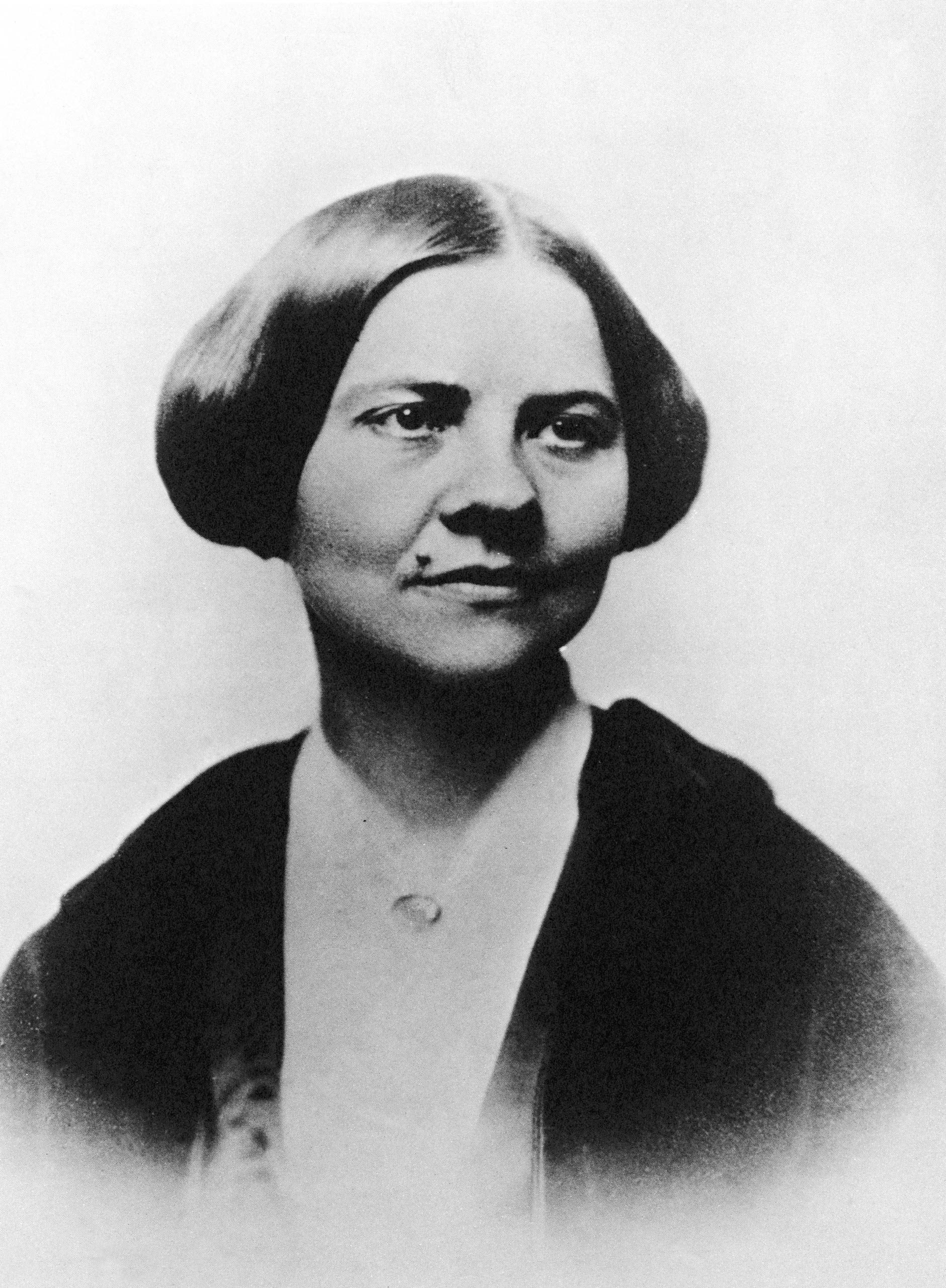
In 1855, suffragist Lucy Stone insisted on keeping her name when she married abolitionist Henry Blackwell, and in the marriage contract that was read at their wedding, they gave voice both to their mutual devotion and to their shared rejection of the marital laws that deprived women of so much freedom and financial equality. Unitarian minister Thomas Wentworth Higginson presided over the ceremony, later calling traditional marriage “a system by which man and wife are one, and that one is the husband.”
Most Kitschy
There have always been odd people, and there have always been publicity stunts. They combined in 1969—with an audience of 40 million viewers—when Herbert Khaury, a 37-year-old, frizzy-haired, falsetto-voiced ukulele player who called himself Tiny Tim married the 17-year-old “Miss Vicki” on the highest rated episode of Johnny Carson’s Tonight Show. Thousands of tulips, celebrating the singer’s signature rendition of “Tiptoe Through the Tulips,” adorned the stage.
Most Presidential
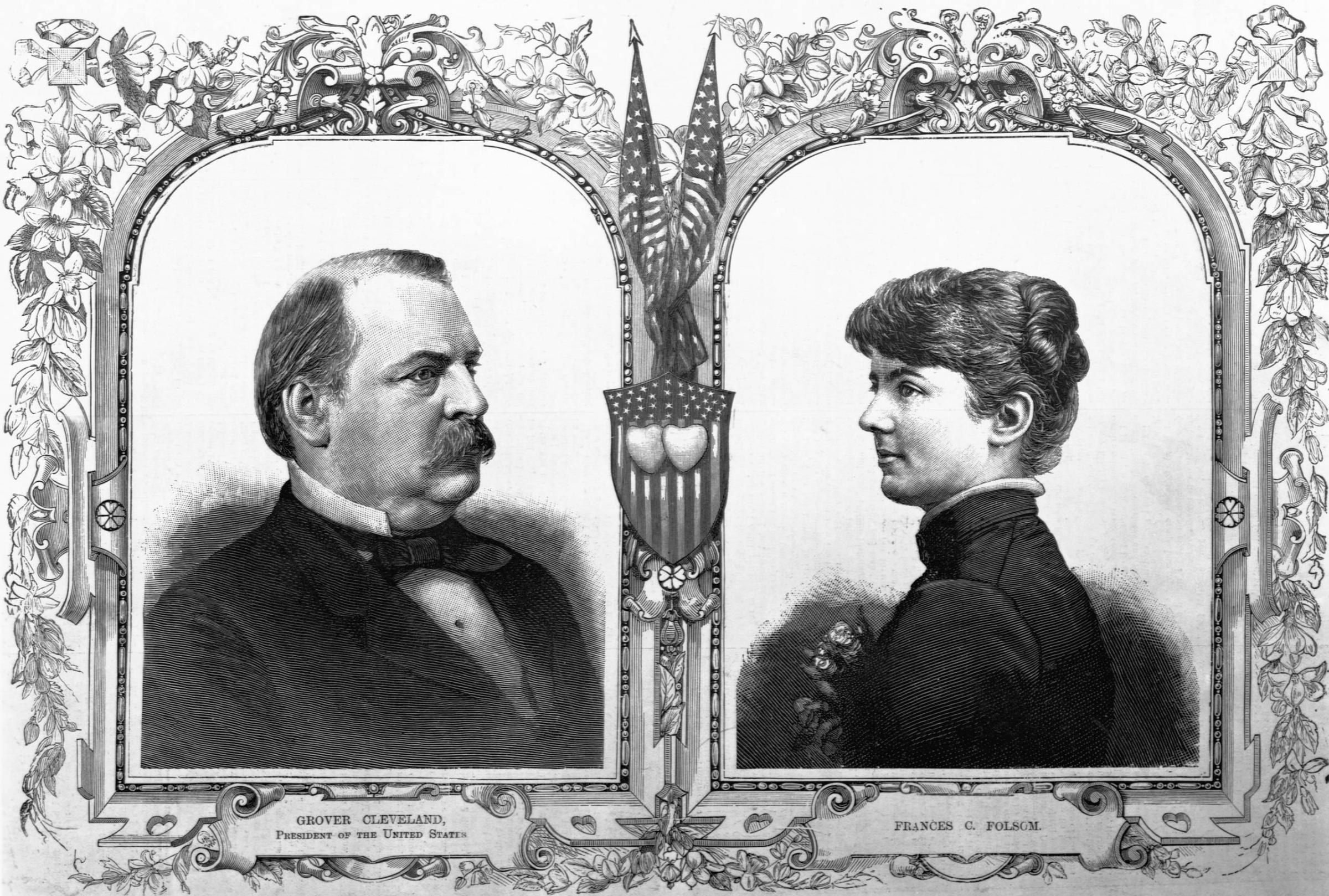
According to the White House historical association, the mansion has hosted 17 weddings. Boomers will recall those of Lynda Bird Johnson and Tricia Nixon, but the only president to be married there was Grover Cleveland. In 1886, the 49-year-old bachelor wed Frances Folsom, the beautiful 21-year-old daughter of his late law partner. The ceremony took place in the Blue Room. Music was provided by the Marine Band and the March King, John Philip Sousa, himself.
Largest

Sun Myung Moon founded the Unification Church in South Korea in 1954. Accounts of its controversial traits and its leadership’s corruption were frequent. Among its most eccentric practices have been mass marriage ceremonies, in which many of the participants were matched by Moon himself. (Moon died in 2012.) In 1982 a “Moonie” wedding of some 4,000 adherents attracted enormous attention when it was held in Madison Square Garden. In subsequent years, tens of thousands of couples would take part in such ceremonies, one of which was held as recently as March of this year, led by Moon’s widow.
Shortest

Connecticut-born Charles Sherwood Stratton stopped growing at the age of six months. Stratton was “discovered” at four by circus impresario P. T. Barnum, who promptly renamed him “General Tom Thumb,” claimed the boy was eleven, devised an act of dance, dramatic readings, and impersonation, and toured for years with him. Already world-famous, Tom Thumb became an unrivaled sensation when in 1863 he married Lavinia Warren, another Barnum find who was a few inches shorter. The wedding, which was staged by the showman, took place in Manhattan’s Grace Church and was followed by a reception attended by several thousand people, including the highest of New York’s high society.
Most Ridiculous

The idea was to raise awareness for the Humane Society of New York. The 2011 wedding, organized by author/reality star/animal activist Wendy Diamond, cost $270,000 in donations. Presided over by Triumph the Insult Comedy Dog, the ceremony married Diamond’s tiny dog, a Coton de Tulear (wearing a $4,000 dress) to a tie-dyed poodle named Chilly Pasternak, who had won an online contest.
Most Widicuwous
In the stage directions for the shooting script of The Princess Bride, the character called “The Impressive Clergyman” is described as having “[a speech] impediment that would stop a clock.” Peter Cook’s pronouncements about “mawidge” and “wuv, twuuue wuv” during the wedding of Prince Humperdinck and “Pwincess Buttwercup” create a high point in a film that has no lows.
Most Anticipated
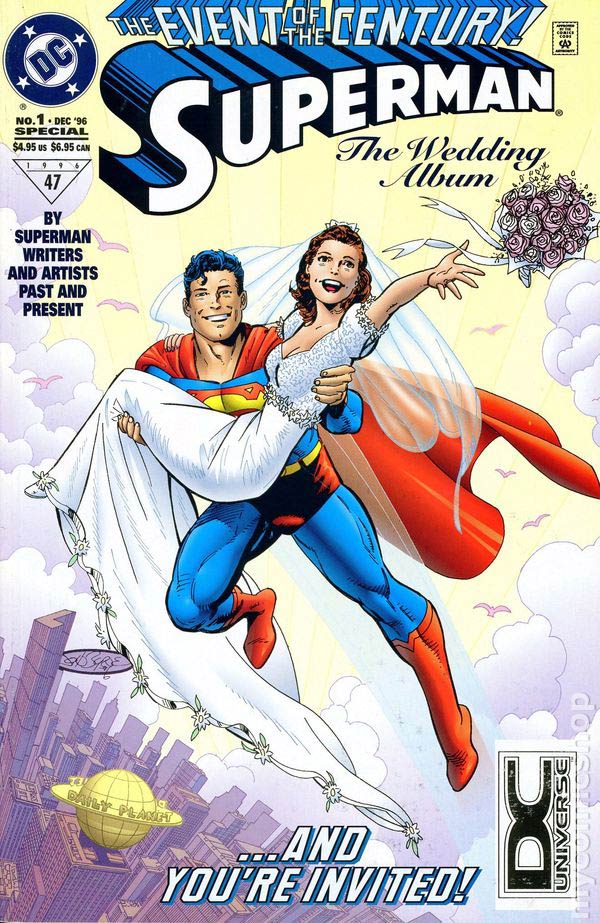
Fifty-eight years after Superman met Lois Lane, they finally married in DC Comics’ December 1996 Superman: The Wedding Album. Though there had been dream-sequence and hoax weddings in the comic books before (as well as marriages in movies and TV shows), this wedding was billed as “The Event of the Century” and featured a ceremony in which the priest was drawn to resemble Jerry Siegel, one of Superman’s co-creators, and the pews were filled with the many artists and writers who had brought the Man of Steel to life over the years.
Least Plausible
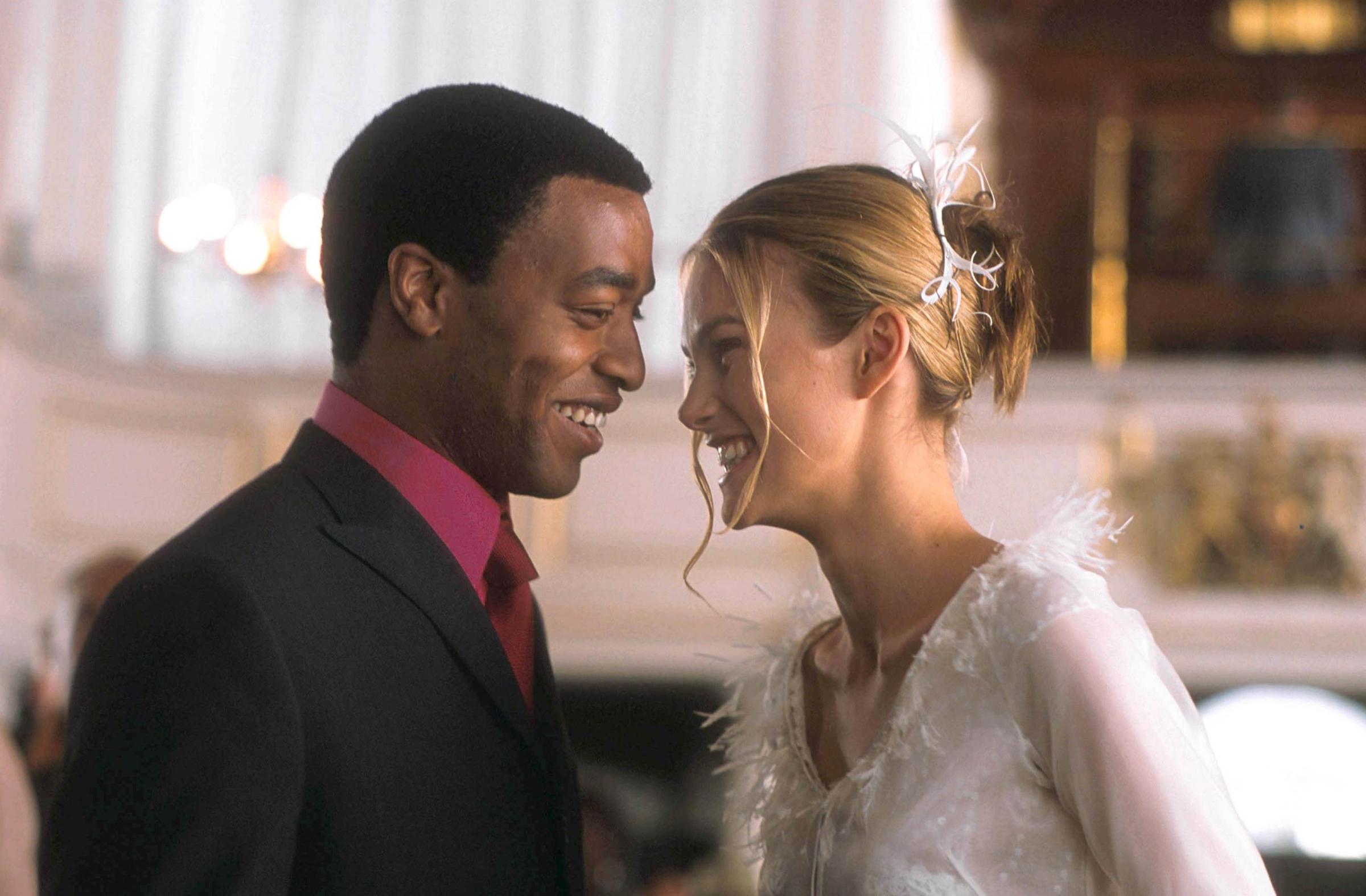
The film is Love Actually. The bride is played by Keira Knightley, the groom by Chiwetel Ejiofor. They’ve just gotten married in a small London church but somehow have failed to notice that among their guests are three trumpet players, two flutists, three trombonists, and two saxophonists, all of whom pop up from the pews to join a string section, a choir, and the late Lynden David Hall singing “All You Need Is Love.” How is that possible? Screenwriter and director Richard Curtis, actually.
Most Watched
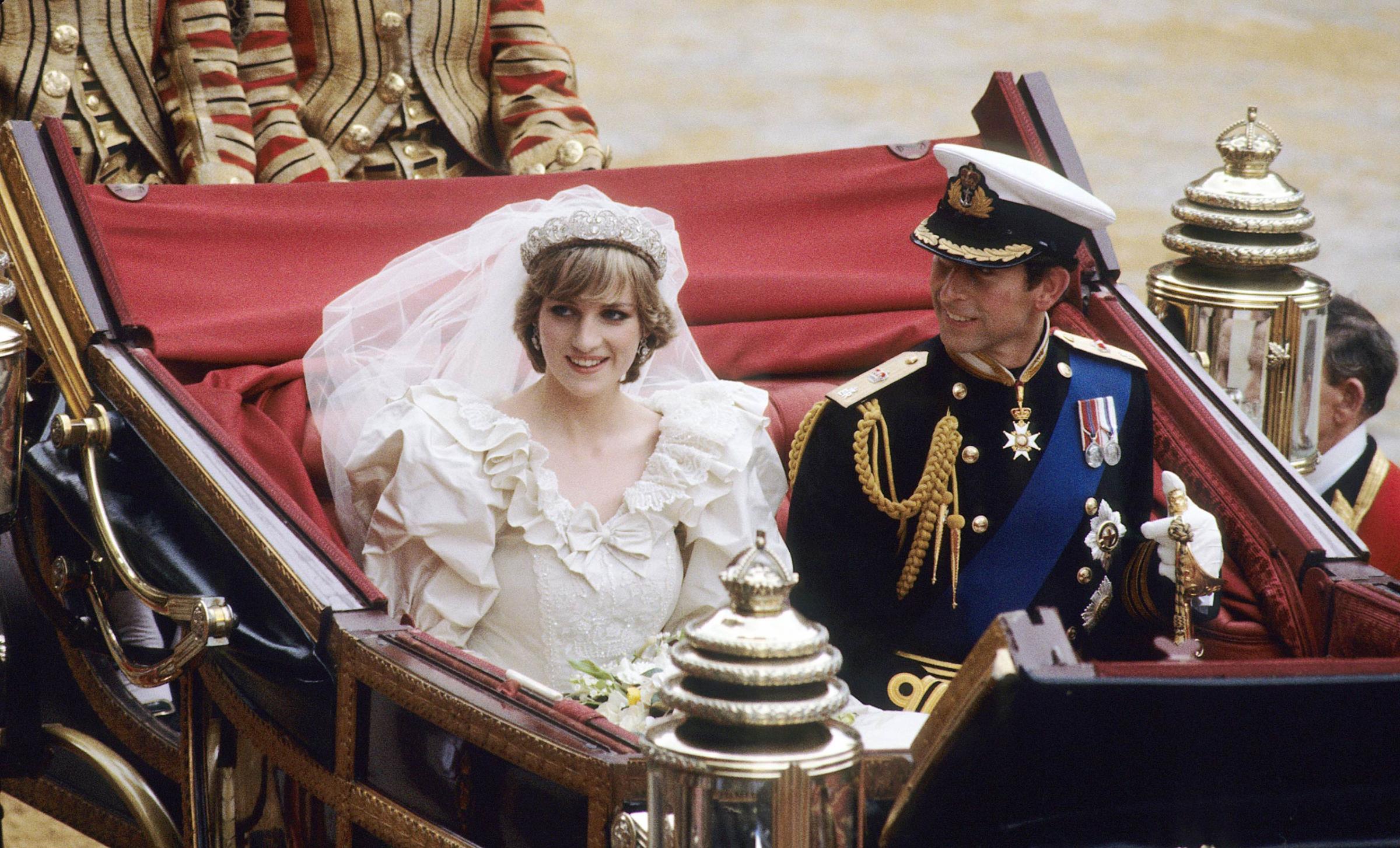
If you were alive and awake on July 29, 1981, you were probably one of the 750 million viewers who watched the wedding of Lady Diana Spencer and Prince Charles. Over the next decades, there would be countless images of the couple—together and separately; in the classiest fashions; in the cheesiest tabloids. But arguably no image is more indelible than that of their departure from St. Paul’s Cathedral in a fairy-tale carriage and a puff of white taffeta.
Second Most Expensive
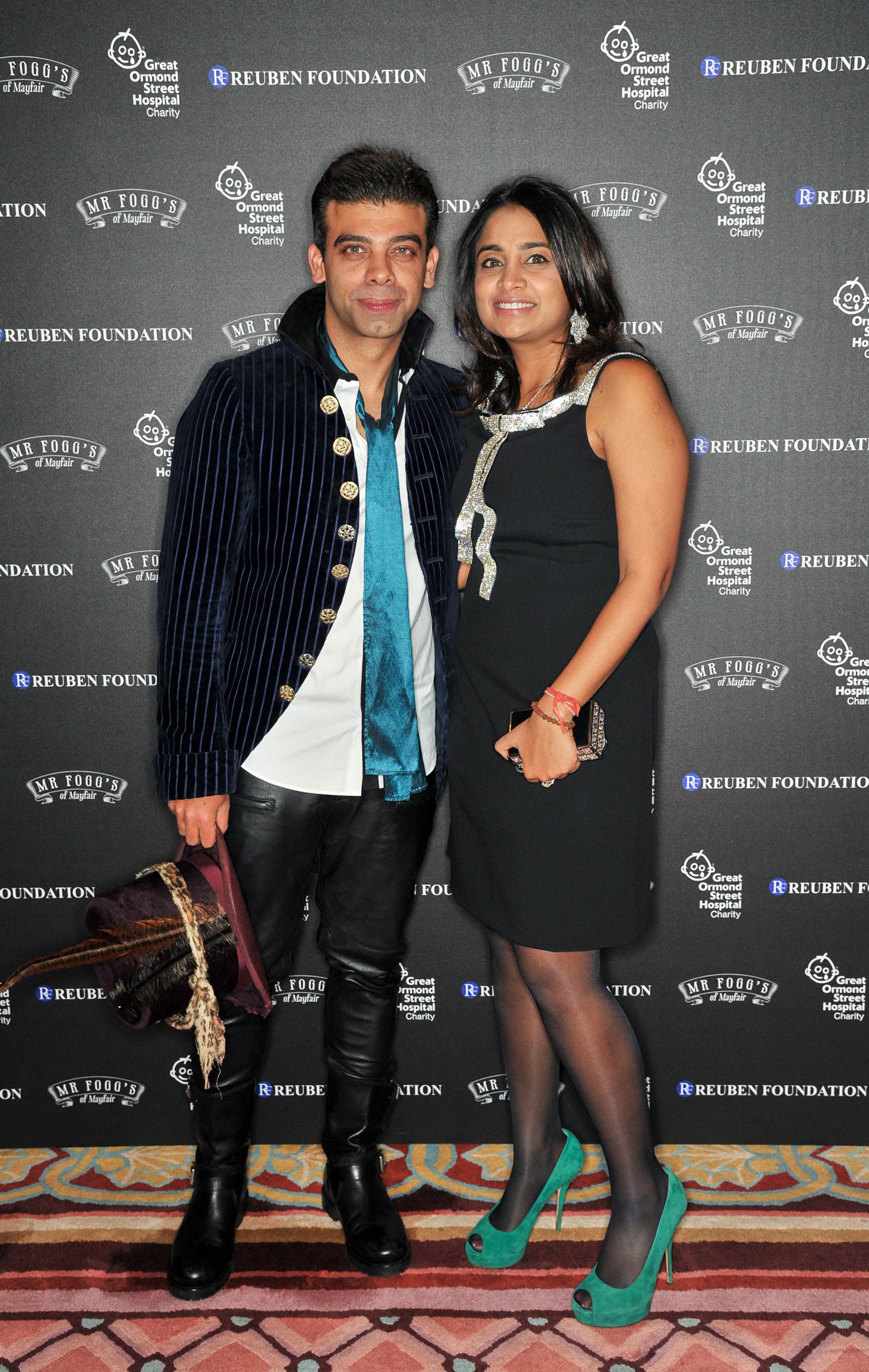
Charles and Di take the cake, so to speak, for most expensive wedding. But right behind them are Vanisha Mittal (daughter of a steel magnate) and Amit Bhatia (British banker), who are said to have spent $60 million in 2005 on Paris nuptials that included invitations mailed in silver boxes, a pre-wedding dinner in the Tuileries, the ceremony itself in a 17th-century chateau, and fireworks over the Eiffel Tower.
Least Expensive Clothing Budget

The bride wore a veil. The groom wore a grin. In 2013, nude activists Gypsy Taub and Jaymz Smith were married, then fined, at San Francisco’s City Hall. Joining in the protest of the city’s anti-nudity law, some of the guests followed (non)suit and took their tops off. A mariachi band provided some dancing music until police ticketed the newlyweds and handed them some blankets.
Most Glamorous

It had everything: clothes by Armani and De La Renta; backdrop by Venice; transportation by taxi boat; additional star power from Matt Damon, Bill Murray, Emily Blunt, and Bono; gift bags featuring iPods with a playlist selected by the happy couple. Everything was tasteful, smart, and beautiful, not least the bride (international lawyer Amal Alamuddin) and groom (actor/director George Clooney), who seemed equally radiant.
Most Awkward

So far, six couples have been chosen to participate in the sur-reality series Married at First Sight, in which four professional advisors match up sets of total strangers, who then meet and marry at the altar. Similar shows have taken place in Denmark and Australia. But nothing has topped, for sheer awkwardness, the spectacle of a former Bachelor and Bachelor Pad contestant named Jamie Otis freaking out at the mole-flecked appearance of Doug Hehner, the man she would nonetheless marry and—in the show’s spin-off sequel—remarry.
Most Magical
Granted, they are fictional characters, and granted, they come from different fictional universes. But that didn’t stop author J. K. Rowling from suggesting Hogwarts’ headmaster Dumbledore and Lord of the Rings’ Gandalf as possible wedding partners after Ireland legalized same-sex marriage. A tweet from the Westboro Baptist Church that promised picketing ensued. Next, an answer from Rowling: “Alas, the sheer awesomeness of such a union in such a place would blow your tiny bigoted minds out of your thick sloping skulls.” And finally, in a triumph of theatricality, two actors playing the great wizards were pronounced “husband and husband” in a ceremony at the Equality House in Topeka, Kansas—directly across the street from the church.
Read next: The 25 Most Influential Marriages of All Time
Download TIME’s mobile app for iOS to have your world explained wherever you go
More Must-Reads from TIME
- Why Biden Dropped Out
- Ukraine’s Plan to Survive Trump
- The Rise of a New Kind of Parenting Guru
- The Chaos and Commotion of the RNC in Photos
- Why We All Have a Stake in Twisters’ Success
- 8 Eating Habits That Actually Improve Your Sleep
- Welcome to the Noah Lyles Olympics
- Get Our Paris Olympics Newsletter in Your Inbox
Contact us at letters@time.com